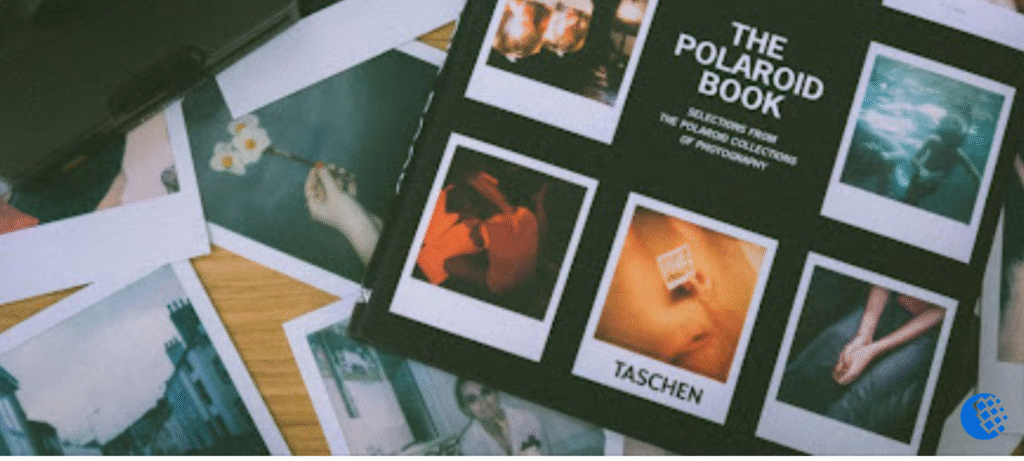As the school year draws to a close, classrooms buzz with reflection. Students remember field trips, projects, and friendships that defined their year. Teachers look for ways to celebrate growth while preserving memories. One creative, hands-on tradition that’s stood the test of time is the end-of-year memory book.
More than just a collection of photos or journal entries, these books combine reflection, storytelling, and design—making them both educational and sentimental. With digital tools and printing platforms now widely available, creating a professional-quality memory book has never been easier or more engaging.
Why Memory Books Matter
Memory books serve both emotional and academic purposes. For students, they provide closure and recognition of personal growth. For teachers, they create a tangible artifact of the year’s achievements, something that transcends grades and assignments.
Psychologists suggest that reflective practices help reinforce learning. According to Harvard Business Review, students who take time to reflect on experiences improve performance by up to 23%. A classroom memory book naturally encourages this reflection by asking students to look back on their experiences and articulate what they’ve learned.
The result is a meaningful activity that strengthens memory retention, communication skills, and a sense of community within the classroom.
Planning the Project
A successful memory book project requires more than spontaneous creativity. Structure ensures every student contributes meaningfully while maintaining a cohesive final product.
Here’s how teachers can plan an efficient process:
- Set Clear Objectives: Decide whether the book will focus on academic highlights, personal reflections, or both.
- Establish a Timeline: Start planning at least four weeks before the end of the term. This allows time for collecting materials, designing, and printing.
- Assign Roles: Divide students into groups like writers, editors, photographers, and designers to distribute responsibilities.
- Determine the Format: Choose between digital layouts or traditional scrapbook-style books.
- Incorporate Technology: Digital tools like Canva, Adobe Express, or Mixbook simplify layout design and printing logistics.
This structured approach keeps the project manageable while allowing creative freedom.
The Role of Technology
Digital tools have elevated classroom memory books from paper crafts to polished keepsakes. Platforms that support design collaboration and online editing allow students to work together.
Teachers can now guide students in using design software, teaching essential skills in layout composition, typography, and digital storytelling. These are practical, transferable skills relevant to future careers in marketing, design, and media.
For example, a platform like Mixbook, a custom photo book software, that offers pre-built templates where students can upload photos, write captions, and customize colors or fonts. Some platforms even include collaborative features so multiple users can contribute simultaneously.
These digital solutions remove technical barriers and streamline the creative process, letting students focus on storytelling rather than formatting. The finished result, a printed, professional-quality book, feels like something produced by a real publisher.
What to Include in a Memory Book
A great memory book is more than a collage of pictures. It tells a story. The story of a school year seen through the eyes of its students.
To make each book complete and personal, include these elements:
- Class Photos: Group shots and candid moments from field trips or school events.
- Personal Reflections: Each student writes a short paragraph about their favorite memory or biggest achievement.
- Quotes and Inside Jokes: These humanize the book, capturing the unique personality of the class.
- Artwork and Projects: Visuals of art pieces, science experiments, or creative assignments.
- Teacher’s Message: A closing note or letter to the class that offers encouragement and perspective.
- Future Predictions: Fun guesses about what classmates might become or achieve in the future.
Combining text, images, and design in this way transforms the book into a time capsule. One that students will revisit years later.
Encouraging Student Ownership
The most impactful memory books are those driven by students. Giving them control over content, layout, and creative decisions increases engagement and authenticity.
For younger students, teachers can guide structure and content collection, using printed worksheets for reflections or drawings. Older students can take full creative control, collaborating digitally to manage the entire production workflow.
This process also builds soft skills like teamwork, leadership, and problem-solving. When students see their ideas printed and bound, it reinforces confidence and pride in their work.
Printing and Production
Once the digital layout is complete, production becomes straightforward. Platforms like Mixbook handle printing and shipping, offering different paper qualities, covers, and binding options. Teachers can choose between softcover books for cost-effectiveness or hardcover editions for durability.
For budget-conscious classrooms, printing black-and-white versions or distributing PDFs provides an affordable alternative. Some schools integrate the project into art or computer classes, using it as both a creative and technical learning opportunity.
Extending the Tradition
Memory books aren’t limited to end-of-year projects. They can be adapted throughout the school year for milestone events such as science fairs, sports seasons, or project showcases.
Teachers in multi-grade schools can also build continuity by creating annual volumes, tracking the same group of students over multiple years. This ongoing documentation deepens emotional connections and provides a long-term perspective on student growth.
Additionally, digital memory books can be archived securely online, creating a digital library of past classes accessible to alumni and parents.
Final Thoughts
End-of-year memory books combine reflection, creativity, and collaboration in one project that resonates far beyond the classroom. The process builds technical and emotional skills while producing a professional keepsake students can cherish.
With tools like Mixbook, educators can blend creativity with digital literacy, helping students turn moments into memories. What begins as a class project often becomes something more—a lasting tradition that celebrates learning, friendship, and growth.





